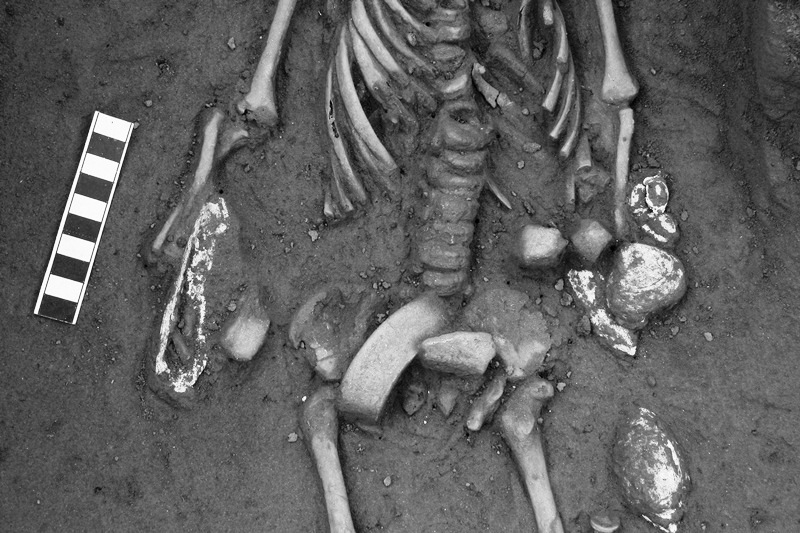THE DISTRIBUTION OF UNWORKED MOLLUSCS, WITH SPECIAL REFERENCE TO UNIONIDAE (FRESHWATER MUSSELS), IN MAINLAND SOUTHEAST ASIAN MORTUARY CONTEXTS
DOI:
https://doi.org/10.7152/jipa.v41i0.15016Abstract
Abstract
Archaeological evidence demonstrates that molluscs, either as unworked or worked artefacts, have been deposited in burial settings as objects which speak to secular or various philosophical, religious or cosmological concerns. Those molluscs imbued with secular or cosmological significance are identified and selected with reference to the specific behaviour, characteristics or qualities of the mollusc itself within a given society’s socio-cultural belief system. This paper examines data from mainland Southeast Asia to explore the distribution and potential significance of Unionidae bivalves in human burials from a range of large, later prehistoric burial sites. This family of bivalves was important in the mortuary tradition of the region from the Neolithic through to Iron Age, especially during the Bronze Age.

